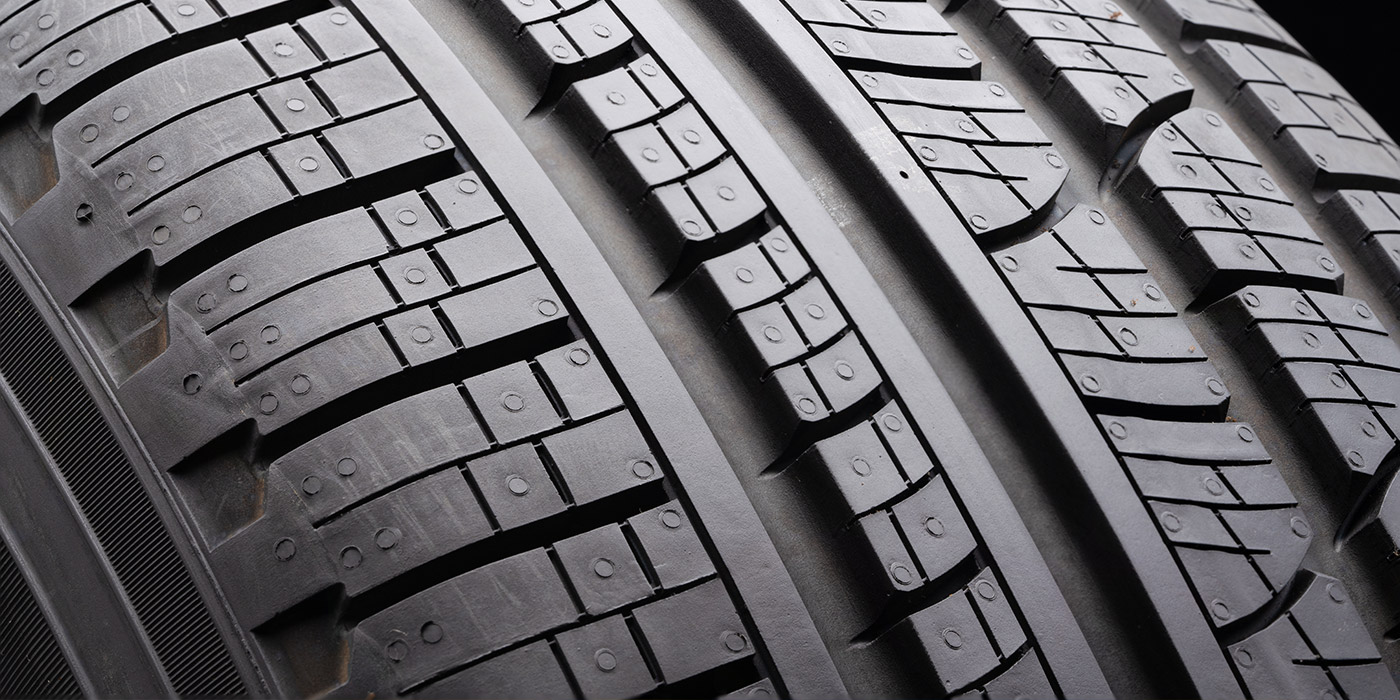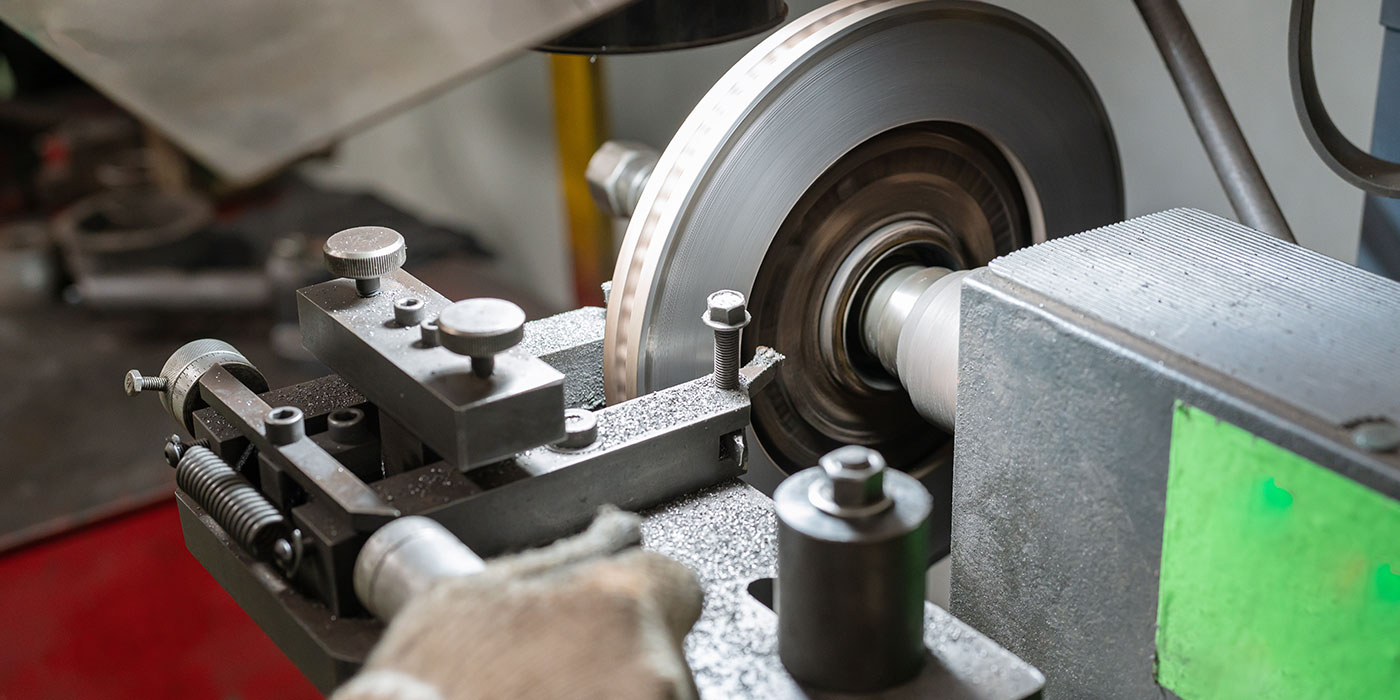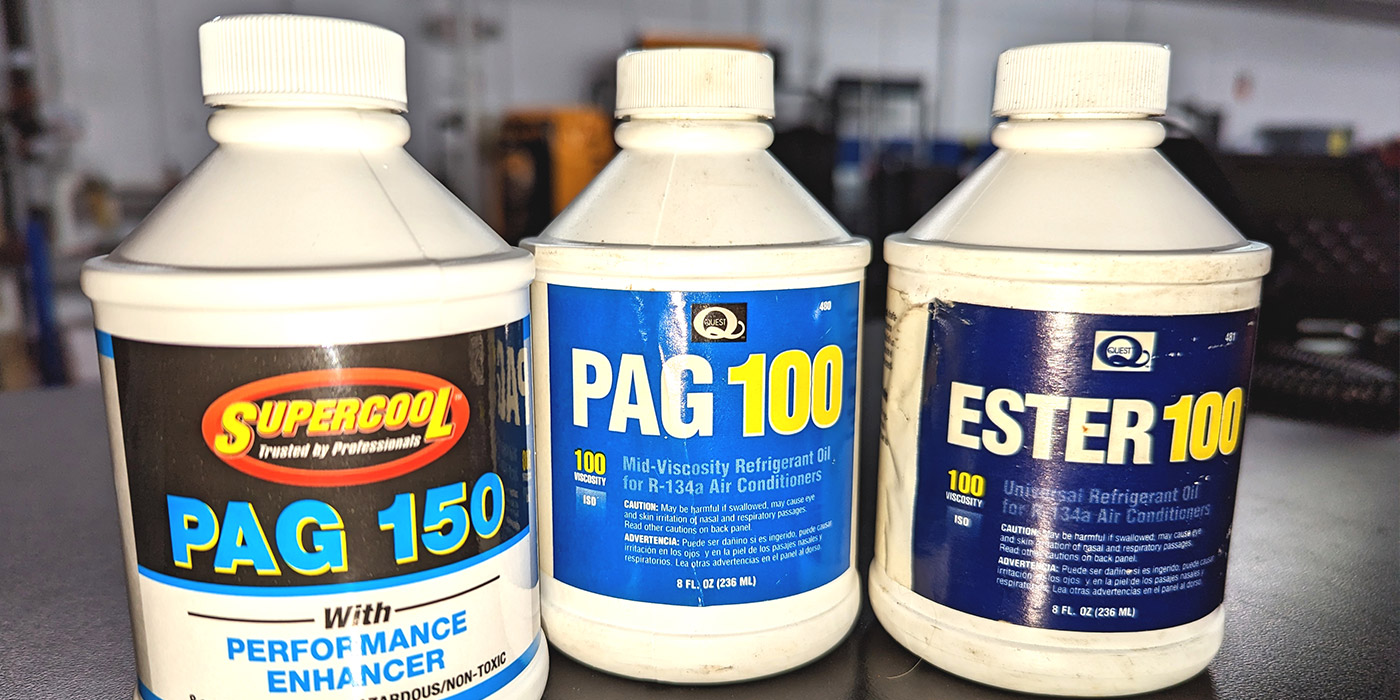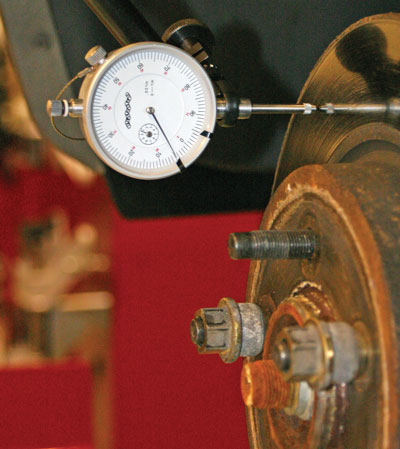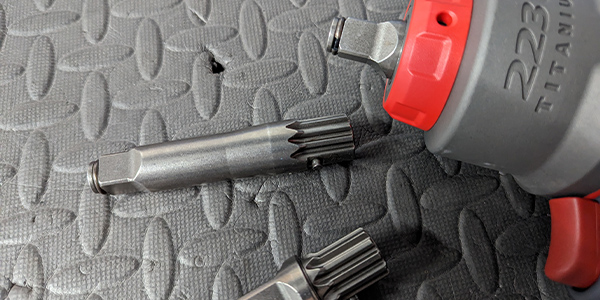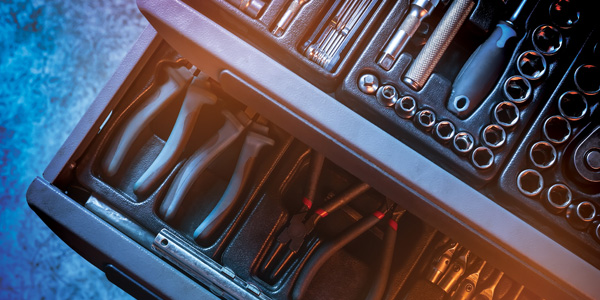Contaminants tend to accumulate in all engines as the miles add up. Short-trip, stop-and-go city driving, as well as excessive idling, accelerate the rate at which these contaminants form. Changing the oil and filter regularly and using gasoline that contains an adequate amount of detergent to keep the fuel system, valves, combustion chambers and pistons clean, are all ways to keep these contaminants in check.
But many motorists don’t maintain their vehicles as well as they should. Oil changes are put off far too long. If harmful contaminants are not removed from the engine, they eventually will cause major problems.
Changing Time
All engines experience a certain amount of blowby when they run. Unburned fuel, water and other combustion byproducts blow past the rings and end up in the crankcase. The higher the mileage on the engine, the greater the amount of blowby. The PCV system siphons most of these vapors and moisture back into the intake manifold, which helps keep the oil clean and reduces the formation of acids, varnish and sludge. But if the PCV system isn’t working, is plugged up or the oil isn’t changed often enough, the oil soon becomes saturated with contaminants, and sludge starts to form inside the engine. If this sludge is not removed, it can be very damaging and will eventually cause the engine to fail.
Motor oil contains detergent additives that neutralize blowby contaminants and help keep the inside of the engine clean. Oxidation inhibitors in the oil also help it withstand high temperatures that would cause it to break down. But the protective additives don’t last forever. That’s why the aftermarket has long recommended changing the oil and filter every 3,000 miles or three months. It’s possible to go longer between oil changes under ideal conditions, but few vehicles today operate under ideal conditions.
In recent years, many automakers have extended oil change intervals to reduce maintenance costs for motorists. Toyota and Lexus, for example, have told owners of their vehicles that oil changes are needed only every 7,500 miles or six months, whichever comes first under “normal” driving conditions, and 5,000 miles or four months under “severe” driving conditions. But more than 3,000 owners of Toyota and Lexus vehicles equipped with the 1MZ 3.0L V6 and 5SFE 2.2L four-cylinder engines have reportedly complained of severe oil sludging problems as a result. Toyota has since said it will pay for repair costs due to sludge damage for eight years from the date of purchase or lease.
Some vehicle manufacturers (Mercedes-Benz, for one) have gone away from published oil change recommendations and use an oil reminder light to signal the driver when the oil needs to be changed. The oil change interval is determined not by the actual condition of the oil in the engine, but by guesstimating its condition based on laboratory testing. By monitoring engine temperature, rpm, running time, ambient temperatures and other variables, the powertrain computer in the vehicle predicts when the oil should be changed. The trouble with this approach is that the programming may not take into account the effects of engine wear on blowby or unusual operating conditions such as driving on dusty roads. And, how much “fudge factor” is built into the programming to account for people who ignore the oil change light when it comes on?
That’s why the aftermarket still recommends oil changes every 3,000 miles. It’s simple to remember and eliminates the risk of pushing the oil change interval too far. Oil, after all, is a lot cheaper than a new engine.
Consequences of Neglect
When the oil change interval is pushed too far, the result is oil sludge and varnish buildup inside the engine. Cooling system problems that cause an engine to run unusually hot also can accelerate oil breakdown and the formation of sludge. So too can prolonged idling, short-trip driving and using oil that does not meet API specifications. Another cause of sludge can be coolant seeping into the crankcase past a leaky head gasket.
Audible symptoms of oil sludging may include valvetrain noise (from oil starvation in the lifters or upper valvetrain) and/or rod knock (from bearing starvation or wear). Visible clues include foaming, sludge or varnish deposits on the inside or bottom of the oil filler cap, on the dipstick or on valvetrain components visible through the oil filler hole in the valve cover. A plugged oil filter would be another clue to oil neglect, and/or a drop in normal oil pressure readings.
Changing the oil and filter will help get rid of some of the contaminants, but if there’s a significant buildup of sludge and varnish inside the engine, a more aggressive treatment is needed. One such treatment is to add a can of internal engine cleaner or flush to the crankcase before the oil is changed. The solvents and detergents in these products will help loosen the harmful deposits as the engine runs. The drawback is that the cleaning process takes time (up to 250 miles of driving) and requires a return appointment to change the oil.
Another approach is to use an engine cleaning machine that flushes and cleans the inside of the engine right in the service bay. Most of these machines use connections that attach to the oil filter, oil drain hole or dipstick tube to circulate a powerful cleaning solution throughout the engine. The automatic cleaning cycle flushes sludge and varnish from the oil pan, oil pump and screen, oil galleys, timing cover and valvetrain, leaving nothing behind to cause trouble.
Once the engine has been cleaned and the oil and filter has been changed, the job isn’t done. You also need to educate your customer about the importance of regular oil and filter changes. For really hard-working engines, including those that are supercharged or turbocharged, upgrading to a more durable synthetic motor oil or a synthetic blend can help reduce the risk of viscosity breakdown, oil oxidation and sludging. Plus, your customers will get the other benefits that synthetic lubricants provide, too, such as easier cold weather starting and improved fuel economy.
Replacement Oils To Recommend To Customers
First, follow the viscosity recommendations in the vehicle owner’s manual. Most vehicles today are factory-filled with 5W-30 because it improves cold starting and fuel economy and allows the oil to reach critical upper valvetrain components in overhead cam engines more quickly than heavier viscosity oils.
Most vehicle manufacturers also approve 10W-30 for year-round driving. Yet many people prefer 10W-40 or even 20W-50 because they believe the higher numbers provide better protection – which they do at higher temperatures. The heavier viscosity oils are also good for older high-mileage engines where bearing clearances are greater. But 20W-50 is too thick for cold weather (below 32



